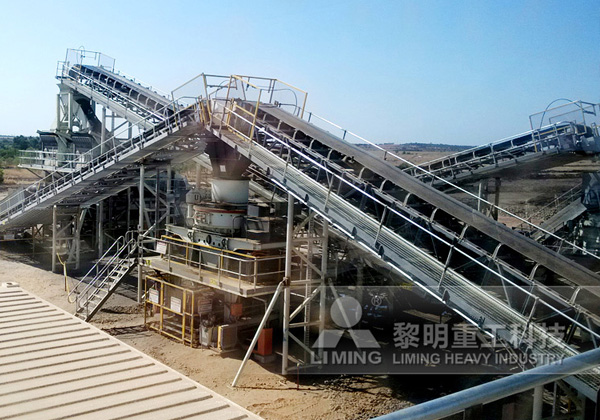Sand and gravel are among the most important natural resources used in construction and infrastructure development. These aggregates serve as foundational materials for concrete, asphalt, road bases, and many other construction applications. The demand for high-quality sand and gravel aggregate is continually rising due to rapid urbanization and infrastructure projects worldwide. To meet this demand, sand and gravel aggregate crushing projects have become critical components of the supply chain in the construction industry.
What Are Sand and Gravel Aggregate Crushing Projects?
Sand and gravel aggregate crushing projects involve the extraction, processing, and crushing of raw sand and gravel materials into specified sizes and grades suitable for construction use. These projects typically include quarrying or dredging raw materials, followed by a series of crushing, screening, washing, and grading processes to produce high-quality aggregates.

Importance of Sand and Gravel Aggregates
-
Construction Base Material: Aggregates are essential in creating durable and strong concrete and asphalt mixes.
-
Infrastructure Development: Used in road construction, bridges, dams, and buildings.
-
Environmental Benefits: Well-managed aggregate projects reduce the need for importation and promote local resources.
Key Components of a Sand and Gravel Crushing Project
1. Raw Material Extraction
Sand and gravel are usually extracted from riverbeds, alluvial deposits, pits, or quarries. This process involves dredging, excavation, or blasting, depending on the source.
2. Crushing Equipment
Crushing is the primary step to reduce the raw material size. Common crushers used include:
-
Jaw Crushers: For primary crushing of large stones.
-
Impact Crushers: For secondary crushing and producing finer aggregate.
-
Cone Crushers: For harder rocks requiring uniform size output.
3. Screening and Washing
After crushing, the material is screened into different sizes using vibrating screens. Washing equipment is used to remove clay, silt, and impurities, ensuring the quality of the final product.
4. Storage and Transport
Processed aggregates are stored in stockpiles or silos and transported to construction sites using trucks or conveyor belts.
Benefits of Modern Crushing Projects
-
Efficiency: Modern crushing plants are automated and can produce large quantities of aggregate with consistent quality.
-
Environmental Management: Dust control systems, water recycling, and noise reduction techniques minimize environmental impact.
-
Cost-Effectiveness: On-site crushing reduces transportation costs and reliance on external suppliers.
Future Trends
-
Sustainable Practices: Increasing use of recycled aggregates and adoption of green mining technologies.
-
Automation and AI: Advanced control systems for optimizing crushing and screening operations.
-
Mobile Crushing Units: Flexible and mobile crushing plants for quick setup in different locations.
Sand and gravel aggregate crushing projects play a vital role in supplying essential construction materials that support global infrastructure development. With advancements in technology and increasing emphasis on sustainability, these projects continue to evolve, becoming more efficient and environmentally responsible. Investing in modern crushing equipment and following best practices ensures a steady supply of high-quality aggregates to meet the growing demands of the construction industry.

